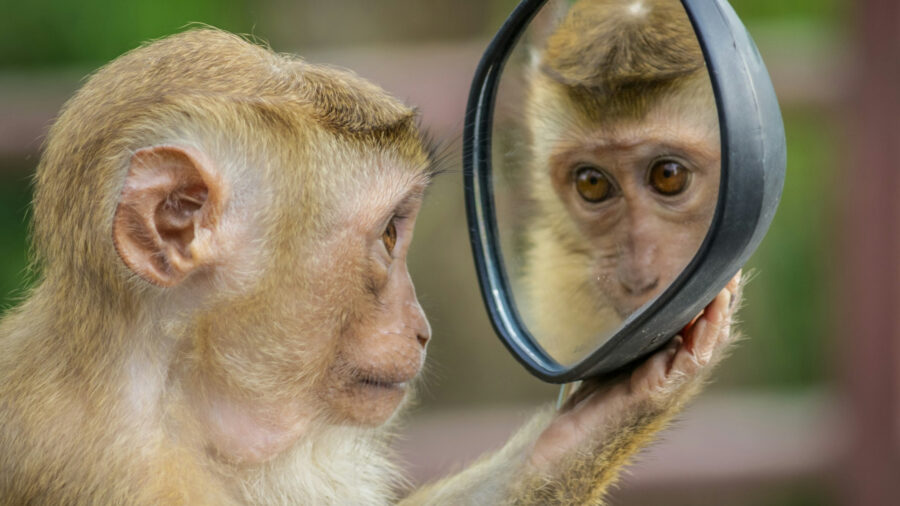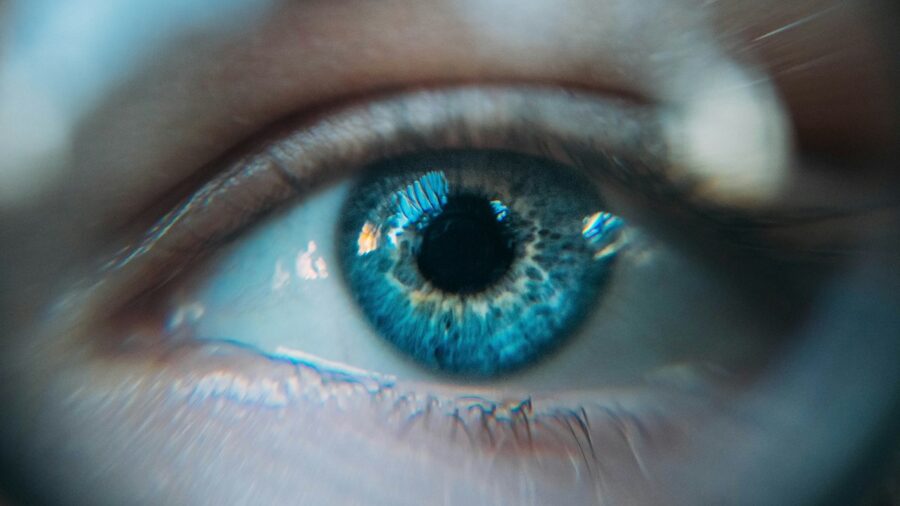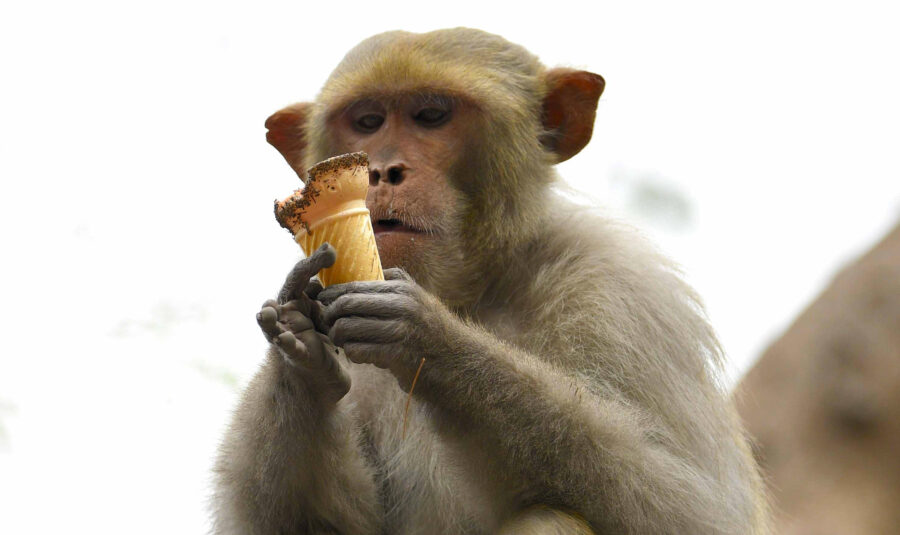By Matthieu Swigonski | Published

In a major step that could potentially lead to stunning cures in humans affected by conditions such as macular holes, researchers at Kobe Eye Hospital in Japan have repaired a hole in the retina of a monkey using human stem cells.
In the groundbreaking study published in the medical journal Stem Cell Reports, a team led by Dr. Michiko Mandai looked at repairing a macular hole in the eye of a Japanese macaque. According to the study, following the application of a patch composed of human stem cells to the macaque’s retina, the animal’s vision significantly improved during its recovery.
A cure for macular holes?

According to the American Academy of Ophthalmology, a macular hole is described as a circular opening that forms in your macula, creating vision that may be blurry, wavy, or even distorted. As the size of the macular hole increases, a dark or blind spot appears in a person’s central vision, significantly impacting their quality of life.
For Dr. Mandai and his team of researchers at Kobe Eye Hospital, their years-long study focused on developing small versions of retinas derived from human stem cells, aiming to create a vision restoration procedure.
To test the viability of human-made retinal organoid sheets, Dr. Mandai and the research team contacted another lab that was studying how the eyes and brain process images. However, this secondary laboratory discovered that one of the macaques was not able to perform a series of vision-based tests that the other macaques were able to perform. Upon further inspection, it was determined that the macaque had a macular hole, which was greatly affecting its vision and making it too difficult to perform visual tests.
Test the procedure on macaques
Seeing the opportunity to kill two birds with one stone, the visually impaired macaque was sent to Dr. Mandai’s laboratory. The research team then grew a retinal sheet derived from human stem cells and attached the sheet to the maque’s retina, all in the hopes of improving the animal’s eyesight. According to the research team’s study, not only was the transplant perfectly safe and relatively low-impact, but the monkey’s performance on vision-based tests improved after recovery.

Despite the successful transplantation of the human stem cell sheet and the restoration of the maque’s improved vision, the procedure still had a minor complication in the form of “mild rejection” of the retinal organoid sheet. According to Mandai, the macaque’s immune system briefly attacked the transplanted leaf, but this was resolved by a series of steroid injections that suppressed the immune system’s attack. According to Mandai, “transplanting human tissue into a human being would result in less chance of an immune response,” which would result in fewer complications, she said.
An alternative to surgery
Normally, conditions such as macular holes or retinal degeneration are not only debilitating, but also difficult to treat effectively, often leading to complications or even partial blindness. In some cases of macular holes, doctors treat a patient by performing a surgical procedure called a vitrectomy, in which a surgeon removes the vitreous that is pulling on the macula. A gas bubble is then inserted into the eye to help flatten the macular hole and hold it in place while the eye heals.
After the procedure, the gas bubble in the eye slowly disappears on its own as the patient heals and the hole begins to close, restoring some of the patient’s vision, although results often depend on the size of the hole. Thanks to the new procedure based on human stem cells, vision treatments could potentially pose less risk to human patients, with an increased chance of regaining their vision.
Source: Stem Cell Reports
